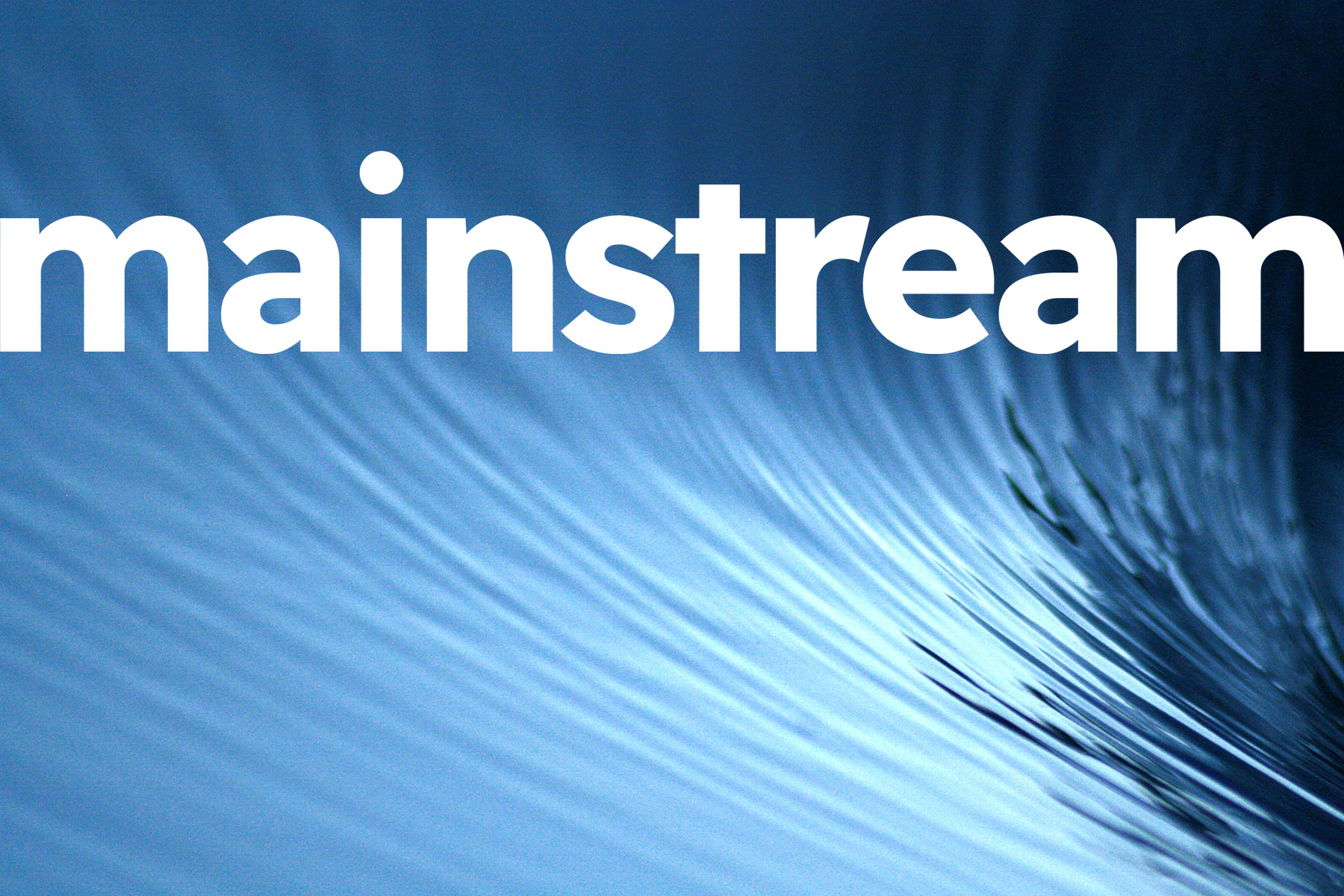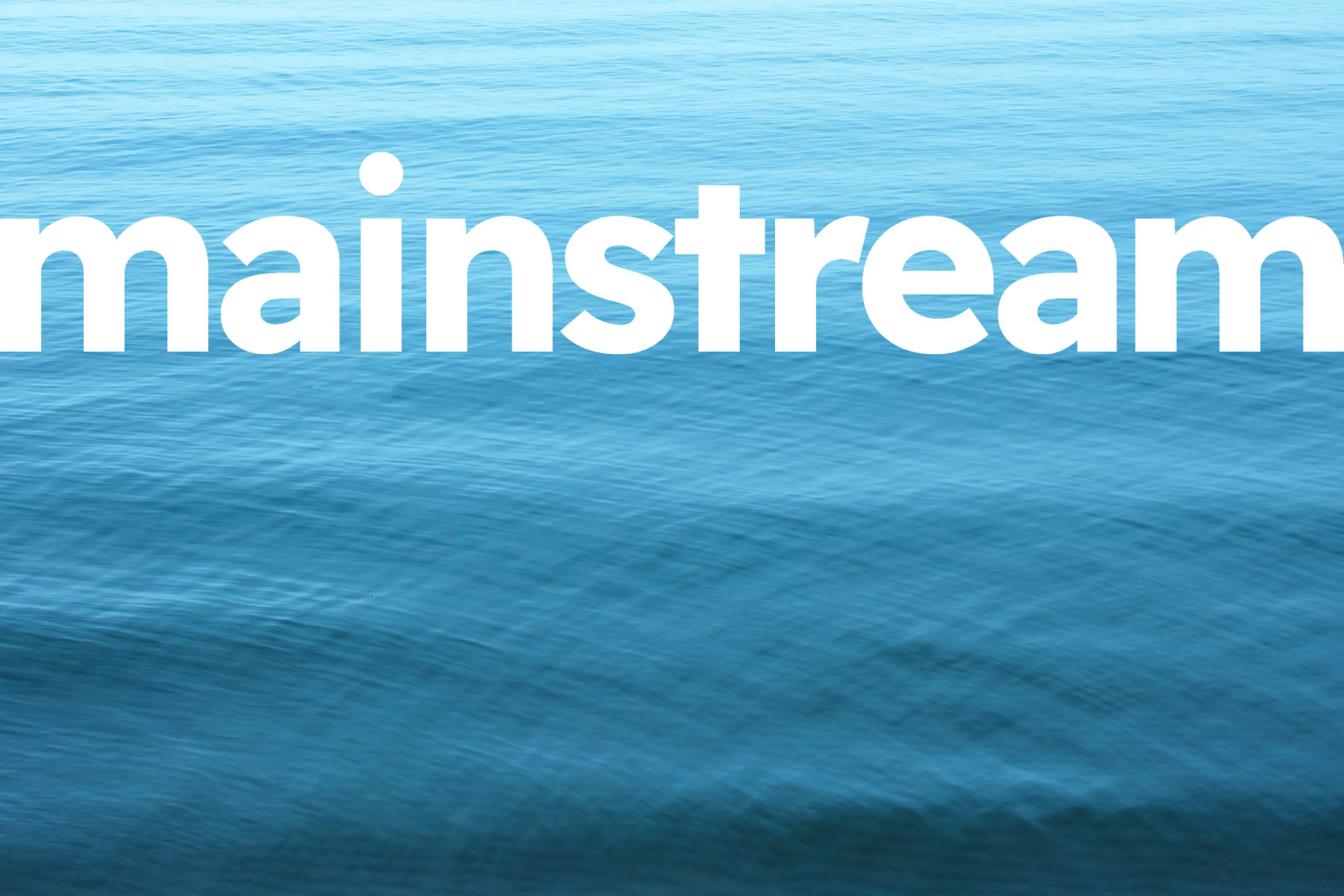Author
The First Tier Tax Tribunal has ruled in CHF PIP! v HMRC (2021) that the issue of shares to investors purportedly under the EIS scheme did not qualify for tax relief. Although the Company was a trading company, the trade was in the circumstances not being undertaken on a commercial basis with a view to profit.
The Company traded in the field of animation production and had acquired intellectual property rights to exploit an animation concept aimed at toddlers and small children. From this IP was derived the children’s TV show Pip Ahoy! and it was further intended that saleable merchandise based on the TV programme would be sold. The Company had outsourced the production and licensing of the IP to companies controlled by its shareholders and directors.
Following earlier successful fundraising under the EIS scheme, the Company sought additional EIS-qualifying funding in 2018, but HMRC declined to authorise the Company to issue EIS compliance certificates to the investors for tax relief purposes. This was on the basis that at the time the shares were issued they were not satisfied that the company carried on a trade with a view to profit and there was a genuine risk to the investors’ capital.
Upon appeal, the First Tier Tax Tribunal (FTT) was satisfied that the Company was carrying on a trade (and not an excluded activity) for EIS purposes, this being the creating and exploiting of its intellectual property and monetisation of this by licensing to broadcasters and sale of merchandise. It did not matter that the vast majority of this work was outsourced to companies in the CHF PIP group (and that the Company had no employees). However, the FTT was not persuaded that the trade was carried on commercially with a view to profit in the circumstances. The Company had made losses each year from 2012 to 2018. Although there was a plan to revamp the programming operations and improve profitability, the profit forecasts were described as “spectacularly optimistic to the extent of being total pie in the sky”. Subjectively there was no likelihood of the ‘wholly unrealistic’ profit forecasts being met and there was no genuine intention of a profit being made.
In addition, the FTT was also not satisfied that there was a requisite risk to capital as, when viewed in the context of the Company’s poor trading performance and wildly optimistic projections, it could not be reasonably concluded that the Company had objectives to grow and develop its trade in the long term.
For early-stage companies seeking EIS funding (and prospective investors), the case serves as a reminder of the need for a genuine trading operation carried on with a view to profit and having genuinely attainable financial targets. Notable also is that the same requirement will also apply to even earlier-stage companies and start-ups seeking SEIS funding.
In addition, companies that are successful in qualifying for EIS and SEIS fundraising should not assume that such qualification will automatically apply to the next round of funding they seek to secure. The requirements for SEIS and EIS qualification (both specifically with respect to genuine trading/risk to capital and generally) must be met on each funding round, so companies must consider each funding round on its own merits and in the context of the company at the time the new fundraising is sought.
This article is for general information only and does not, and is not intended to, amount to legal advice and should not be relied upon as such. If you have any questions relating to your particular circumstances, you should seek independent legal advice.
Author
MAINstream Female Founders Pitch Event
Applications for this pitch event close Wednesday 16 April. We are delighted to announce the return of our annual MAINstream Female Founders event. Following the...
MAINstream Cheltenham Pitch Event
Applications for this pitch event close Wednesday 16 May 2025. Following the success of MAINstream South West, we are delighted to be launching MAINstream Cheltenham...
MAINstream South West Pitch & Drinks Event
Applications for this pitch event close Wednesday 4 June 2025. If you are interested in joining the network and attending our events please email mainstream@michelmores.com for further...




